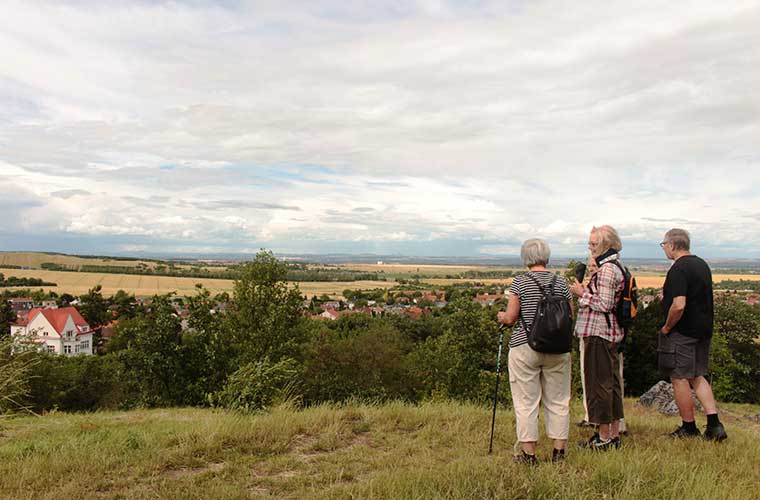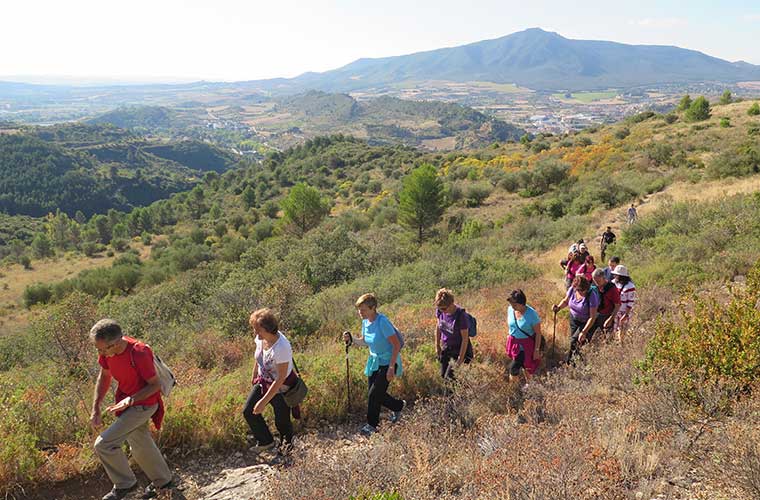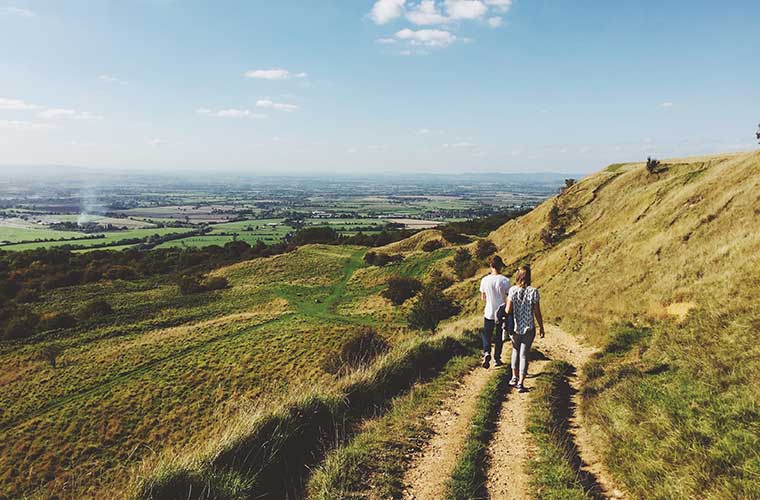Why hiking can be a great opportunity for sustainable tourism

The hiking is offering multiple development possibilities as it is one of the most efficient ways of sustainable tourismIn this article we look at some of the main forms of exploration, as well as a number of recommendations from scientific and social research on the subject.
The advantages of sustainable tourism
Tourism, if implemented in a well-planned way, can be a constant and large source of income and consequently an important source of employment. opportunity for the development of local populationsprimarily rural.
Through this type of tourism, resources and mechanisms for environmental protection can also be obtained, in order to seek extending nature conservation The implementation is important, however, because it risks devastating the environment and destroying the natural capital that is needed to attract visitors.

Types of sustainable tourism
One of the categorisations for studying sustainable tourism refers to two main forms of tourism:
-Intensive tourism. This refers to the maximisation of footfall, through activities that can accommodate large numbers of people.
-Craft tourism. In this perspective, the aim is to give greater added value to those who value natural, quiet areas with little tourist traffic.
It is not usually a question of having one type or the other, but rather of to seek a balance between the two strandsThe project is designed to generate sufficient income to make the project profitable, but with sufficient care to ensure that natural values are not depleted or diluted.
It is in this sense that alternatives such as trekking are gaining momentum, as they involve many of the values of artisanal tourism, which is the one that should be prioritised, with long-term sustainable development in mind.
Hiking as a driver of sustainable tourism
Although hiking in itself has been part of the national tradition since time immemorial, its consolidation as a tourist alternative is relatively recent, and it is also an important means of relief from the urban saturation that prevails in these times.
Not only has hiking become in many cases one of the main avenues for sustainable tourism in rural communities, but it can even become, in its own right, the most important way to promote sustainable tourism in rural areas. hub of a comprehensive leisure networkThe region's multiple attractions can also be included and connected.
To try to better define and explore the capabilities of trekking, Three main types have been identified by researchers on the topicThese are discussed below.
Landscape hiking
These types of routes are more focused on satisfying the hiker's senses, through attractive, captivating and/or original natural environments, for which a professional review of the territory is also recommended, in order to design routes that take advantage of the greatest natural qualities, also offering suitable alternatives for different types of physical abilities.
And not only can this type of hiking be nourished by the richness of flora, fauna and landscape, but there are also human facilities, that can blend in with the environment without damaging it, and offer a plus for tourists to visit the place. Nancy Holt's Solar Tunnels or the Surrealist Garden of Xilitla are some examples of success in the outdoors.
![Landscape hiking. Jardín Surrealista de Xilitla / Photo: Rod Waddington [CC BY-SA 2.0], via Wikimedia Commons](https://travesiapirenaica.b-cdn.net/wp-content/uploads/2018/05/Las_Pozas_Xilitla_Mexico_6177144793_By-Rod-Waddington-from-Kergunyah-Australia-Las-Pozas-Xilitla-Mexico-CC-BY-SA-2_760x500.jpg)
Educational trekking
Similarly, educational walking continues to gain in importance, as it fits well with many of the principles and objectives of modern education. At the school level, there is a large audience to explore.
There are many routes of a scientific, historical and recreational nature that can be explored through hiking, with the advantage that they can be exploited throughout most of the year.
Sport hiking
This is one of the most exploited at present, as it also offers a wide variety of activities that are attractive to people of all kinds.
Activities such as mountaineering, caving, climbing, cycling, water activities, horse riding, etc. are some of the many ways to accompany a hiking route, through an attractive portfolio of challenges.
Obstacles to sustainable tourism
Anthropological studies on these development possibilities for sustainable tourism have also found various obstacles that can complicate the consolidation of projects of this type.
Lack of adequate knowledge
The lack of professional training to carry out a good planning of an integral ecotourism project often becomes an impediment to take full advantage of the potential of the place, as it can also generate bad administrative practices, or a deficient implementation that prevents the consolidation of the profitability of the proposal.
Poor coordination
In other cases, the problem is also a weak articulation of the different parties involved in a project of this nature, especially since private interests are also often involved, making it difficult to coordinate actions and objectives.
It is not easy to recoup the investment
Perhaps the biggest challenge for this form of sustainable tourism, however, is to be able to start generating the financial resources to cover the investments made in the medium term, as well as a sufficient flow that will contribute to strengthening the capacities of a place.

Recommendations for optimising tourism
Some of the main suggestions for the successful completion of such a project are as follows.
Keeping it natural
An essential principle is the fact that it is necessary to verify and defining scientifically defined limits to determine the maximum inflow for each area, so as to ensure long-term natural preservation.
Gradual development
To avoid the risk of a large loss, many projects have achieved success with phased development plansThe necessary infrastructure has been built up as short-term, achievable goals are reached.
Complement with rural tourism
Similarly, many of the most successful hiking trails have become very influential as a result of the connection with the local tourist offer of the place; that is, promoting both the physical and socio-cultural values of the area, which also contributes to the local economy, thus generating a benefit that ends up strengthening the basis of the project in the same way..
Article based on the text:
TOURISM AND SUSTAINABLE LAND USE
Hiking as an opportunity for small municipalities
Authors: José Fariña Tojo, Ester Higueras García
READ ALSO:
Don't miss any adventure in the Pyrenees!
